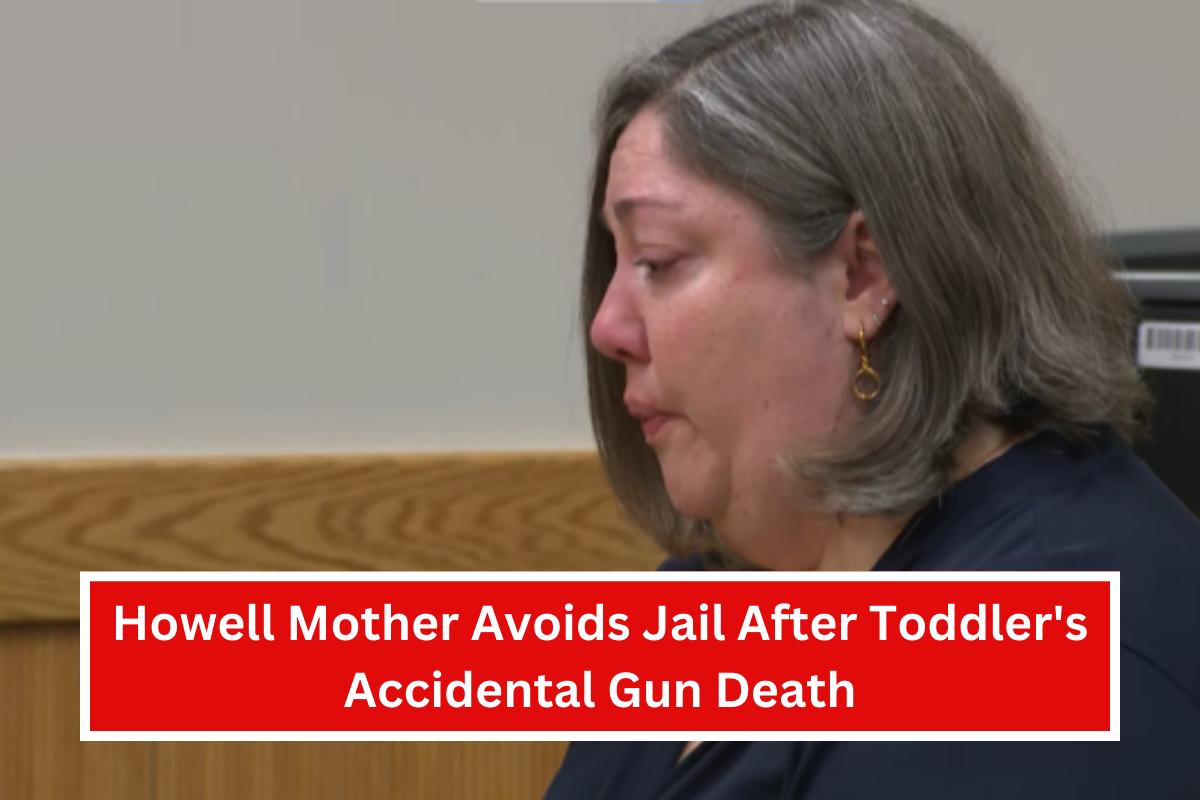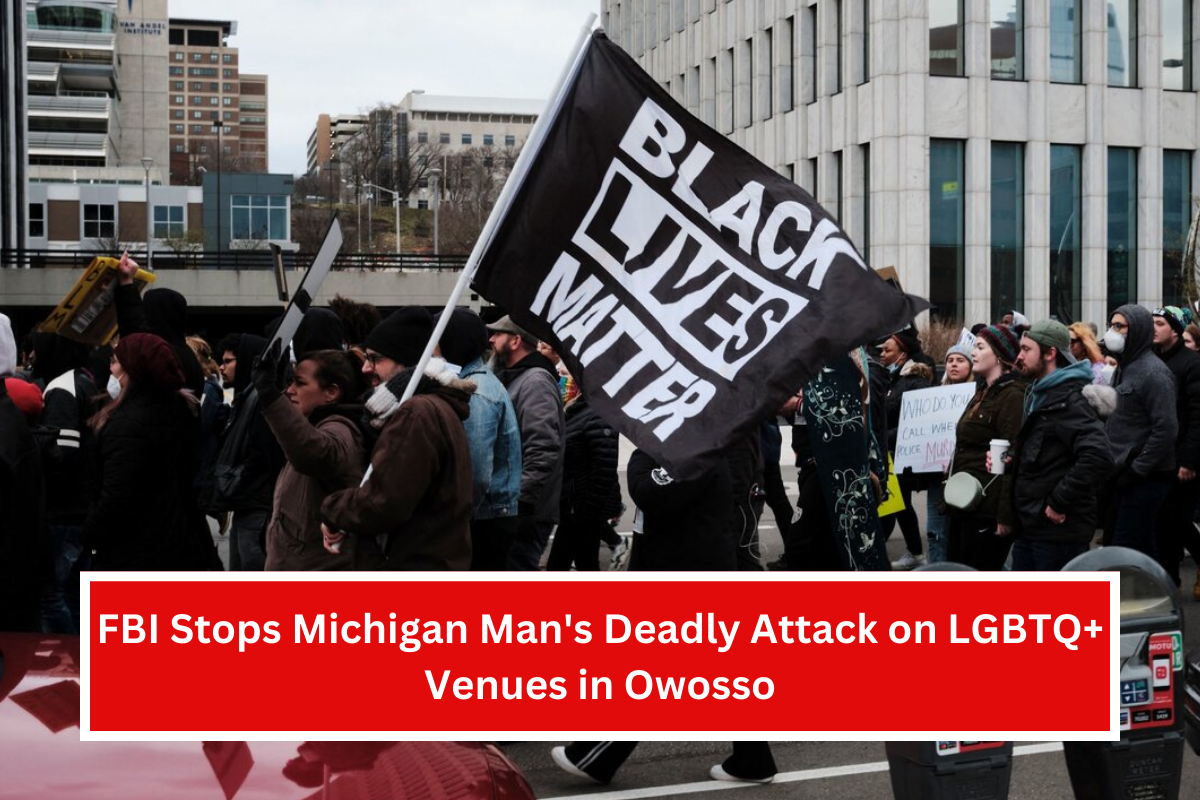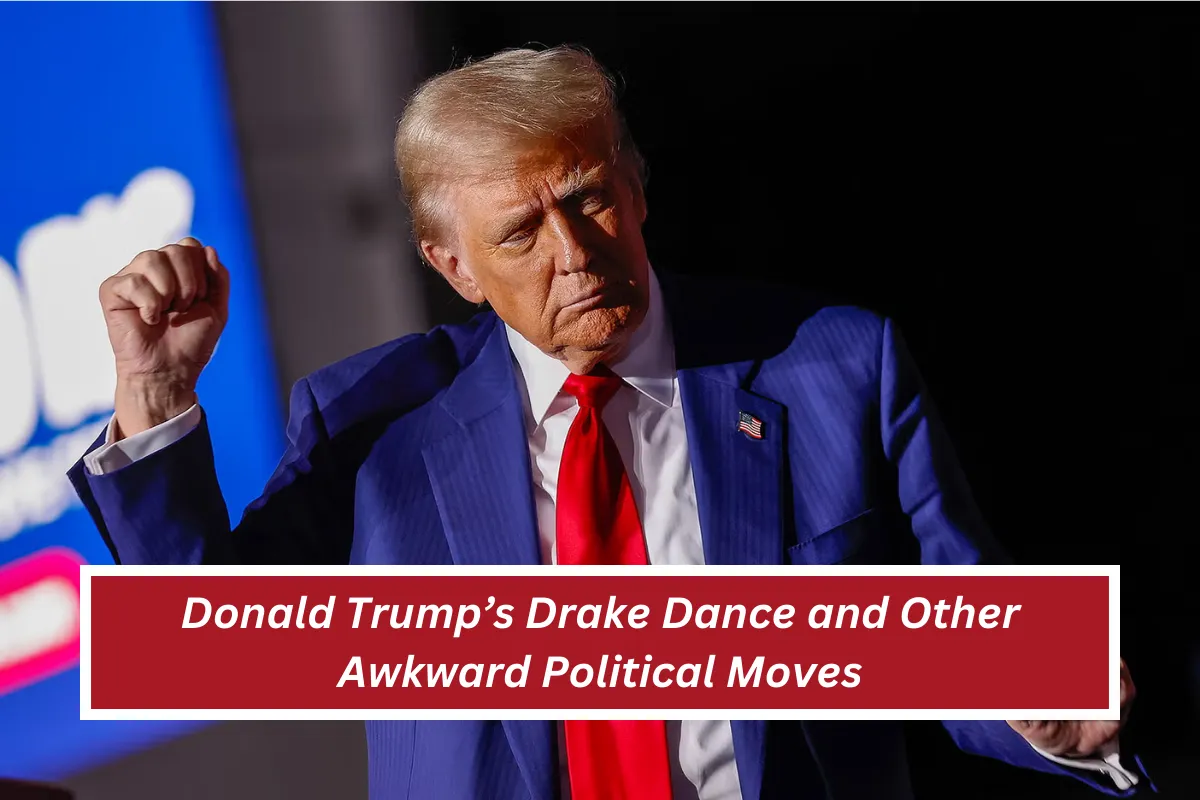President Biden recently granted clemency to two convicted murderers, Shannon Agofsky and Len Davis, sparing them from execution. However, both men have refused to sign the paperwork reducing their sentences to life in prison.
They have asked a federal court to allow them to stay on death row, arguing that the commutation could hurt their chances in ongoing appeals. This situation has sparked a debate about the legal implications of such clemency actions.
The Clemency Decision and the Men’s Rejection
Shannon Agofsky and Len Davis, both imprisoned at the U.S. Penitentiary in Terre Haute, Indiana, have made it clear that they do not want to be spared the death penalty.
Agofsky, sentenced to death for the murder of a fellow inmate, and Davis, convicted of hiring a hitman to kill Kim Groves, argue that signing the commutation papers would negatively affect their legal battles. They both believe that by reducing their sentences, they would lose the right to appeal under the more rigorous scrutiny given to death penalty cases.
Agofsky and Davis’s Arguments
Agofsky and Davis argue that their legal rights would be weakened if their sentences were reduced. Agofsky has pointed out that the commutation would remove protections under heightened scrutiny, which are crucial for appealing a death sentence. He believes this would make it harder for him to challenge his convictions.
Davis, meanwhile, argues that his case involves serious misconduct by the Justice Department, which he feels needs attention. Both men believe that staying on death row would help them fight their cases more effectively.
The Legal Precedent and Court Ruling
The legal basis for President Biden’s clemency is drawn from the U.S. Constitution, which allows the president to grant pardons and reprieves without the consent of the convict.
According to a Supreme Court ruling in 1927, a convict’s approval is not necessary for the president to grant clemency. Despite this, Agofsky and Davis are attempting to challenge the decision in federal court, claiming that the commutation could harm their appeals.
Background of the Convicts
Shannon Agofsky was sentenced to death in 2004 after being convicted of killing a fellow inmate in Texas. Before that, he had been serving a life sentence for the 1989 abduction and murder of a bank president. Agofsky continues to maintain his innocence in both cases.
Len Davis, a former police officer from New Orleans, was convicted of hiring a hitman to murder Kim Groves in 1994. Davis also maintains his innocence and believes that the federal court which convicted him did not have the proper jurisdiction.
Notable Cases of Clemency Denied
Agofsky and Davis are among 37 inmates who were granted clemency by President Biden, which included several high-profile cases. However, notorious criminals like Dzhokhar Tsarnaev, Robert Bowers, and Dylann Roof were not granted clemency and remain on death row.
Conclusion
The situation surrounding Agofsky and Davis raises important questions about the legal process of clemency and the rights of death row inmates. Both men have made it clear that they do not want their sentences commuted, believing that it would harm their ability to appeal their convictions.
As their legal battles continue, this case highlights the complexities of the U.S. justice system and the difficult decisions surrounding the death penalty.
FAQs
1. Why did Shannon Agofsky and Len Davis refuse clemency? They believe that signing the clemency papers would hurt their chances of winning their appeals, as they would lose certain legal protections.
2. What is the legal reason for their rejection of clemency? They argue that reducing their sentences to life in prison would remove the “heightened scrutiny” given to death penalty cases, making it harder to challenge their convictions.
3. How does the president grant clemency? The president has the constitutional power to grant pardons or reprieves, without the convict’s consent, as stated in a 1927 Supreme Court ruling.
4. What crimes were Shannon Agofsky and Len Davis convicted of? Agofsky was convicted of killing a fellow inmate and was involved in a 1989 murder case, while Davis was convicted of hiring a hitman to kill Kim Groves.
5. Did other inmates receive clemency? Yes, 37 federal death row inmates received clemency from President Biden, including several child murderers and mass murderers, though some high-profile cases were denied.





















